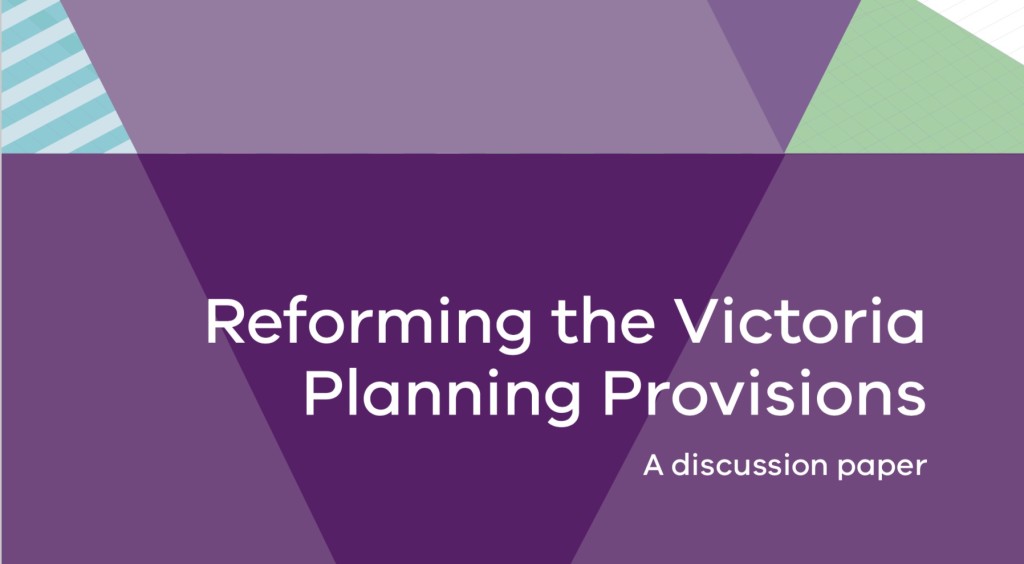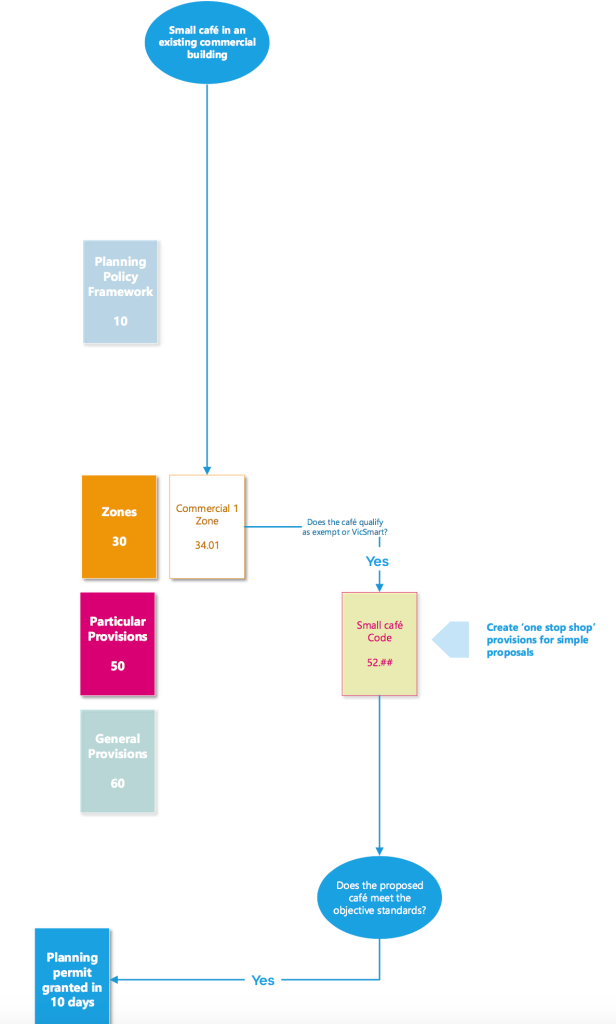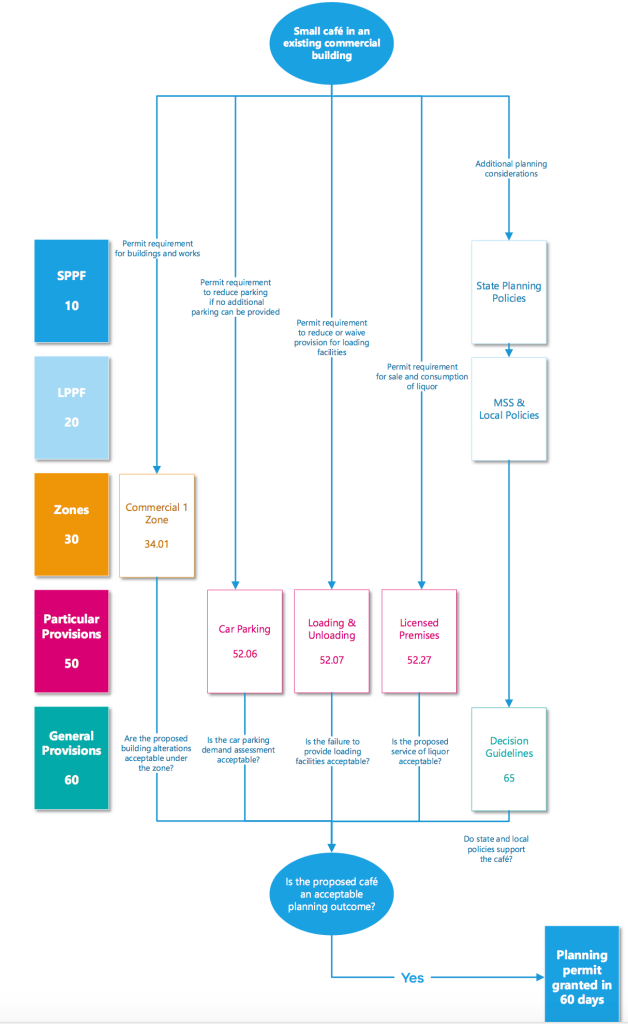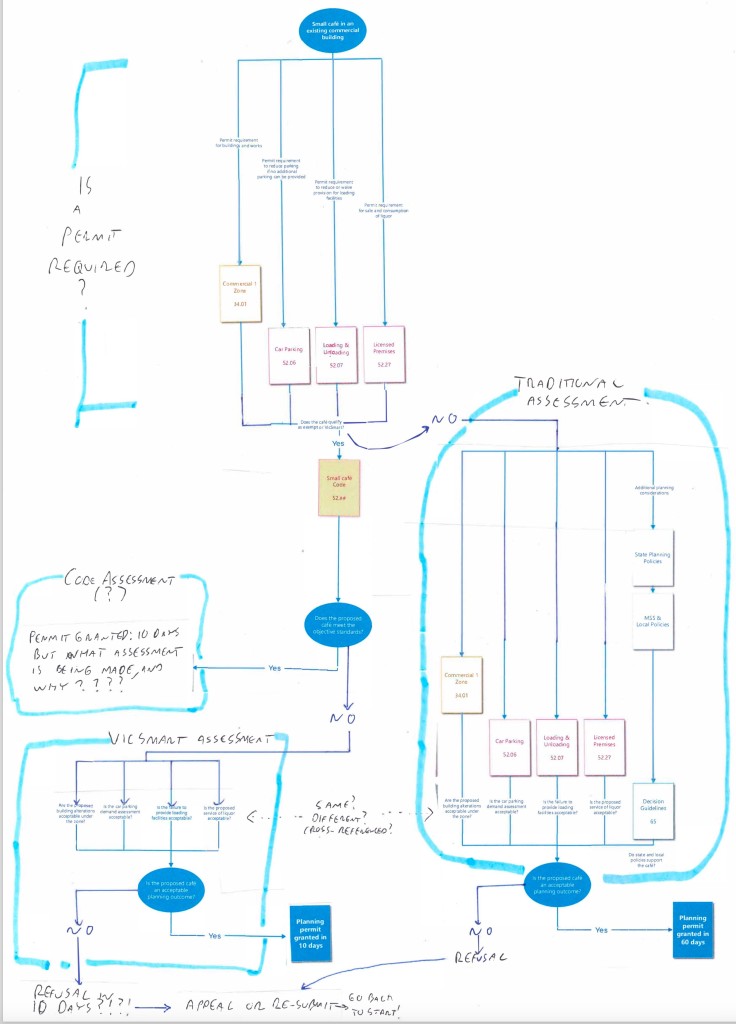In 2017 the Victorian Auditor-General released a scathing report into the Victoria’s planning system.
It reported that:
Governments, state planning departments and councils have directed significant effort over many years to reform and improve the system. Despite this, they have not prioritised or implemented review and reform recommendations in a timely way, if at all. The assessments DELWP and councils provide to inform decisions are not as comprehensive as required by the Act and the VPP. DELWP and councils have also not measured the success of the system’s contribution to achieving planning policy objectives.
As a result, planning schemes remain overly complex. They are difficult to use and apply consistently to meet the intent of state planning objectives, and there is limited assurance that planning decisions deliver the net community benefit and sustainable outcomes that they should.[1]
Furthermore, it noted that “past reforms have had little impact on fixing other systemic problems impeding the effectiveness, efficiency and economy of planning schemes.”







